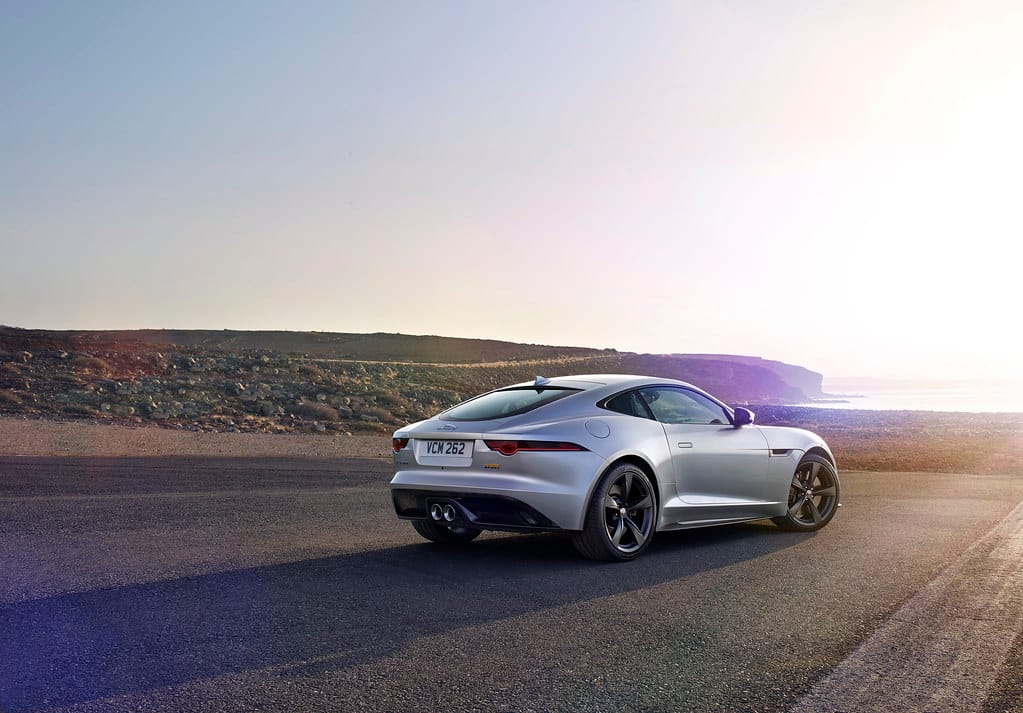Mazda Steers Back to Buttons: The $20 Billion Touchscreen Rebellion That's Winning Over Drivers
In an era where automotive touchscreens have become as ubiquitous as cup holders, Mazda is making headlines by doubling down on physical buttons—and drivers are thanking them for it.
While Tesla popularized the all-touchscreen cockpit and virtually every automaker rushed to follow suit, Mazda has quietly become the industry contrarian. The Japanese manufacturer's latest models feature their first-ever touchscreen infotainment systems, but here's the twist: they've simultaneously increased the number of physical buttons and knobs on their steering wheels and dashboards.
The Great Touchscreen Backlash
The automotive industry's love affair with touchscreens has hit a pothole. Recent studies reveal that 87% of drivers prefer physical buttons for frequently used functions while driving, according to J.D. Power's 2023 Tech Experience Index. The Insurance Institute for Highway Safety has also raised concerns about touchscreen-induced driver distraction, with screen-heavy interfaces requiring drivers to look away from the road for up to 40 seconds to complete simple tasks.
Mazda's approach challenges the conventional wisdom that bigger screens mean better user experience. Their 2024 CX-90 and CX-70 models feature 12.3-inch infotainment displays—the largest in Mazda's history—but retain dedicated physical controls for climate, volume, and navigation functions.
Why Physical Buttons Are Making a Comeback
Muscle Memory Matters
Takahiro Sato, Mazda's Chief Designer, explains their philosophy: "Our research shows that drivers develop muscle memory for physical controls within three weeks of ownership. With touchscreens, every interaction requires visual attention, which compromises safety."
The Distraction Dilemma
The National Highway Traffic Safety Administration reports that manual-visual tasks—like operating touchscreens—increase crash risk by up to 300%. Physical buttons allow drivers to maintain focus on the road while making adjustments by feel alone.
Cost and Complexity
Contrary to popular belief, touchscreen-heavy designs aren't always cheaper. Physical buttons may cost more upfront, but they're more durable and less prone to software glitches that can render entire systems unusable.
Learning from Aviation
Mazda's design team studied aircraft cockpits, where physical switches remain standard despite advanced digital displays. "Pilots need to operate controls in high-stress situations without looking," notes Sarah Chen, automotive UX researcher at MIT. "The same principle applies to driving."
Commercial aircraft manufacturers like Boeing and Airbus have resisted full touchscreen adoption in critical systems, maintaining physical backups for essential functions—a lesson the automotive industry is slowly learning.
The Numbers Don't Lie
Recent market research supports Mazda's button-forward approach:
- 73% of consumers report frustration with touchscreen-only climate controls
- Physical button response time averages 0.7 seconds versus 2.3 seconds for touchscreens
- Mazda's customer satisfaction scores for interior usability increased 15% year-over-year in 2023
Industry Ripple Effects
Mazda isn't alone in this pivot. Volkswagen recently announced plans to restore physical climate controls in upcoming models after widespread customer complaints. BMW has maintained their iDrive controller alongside touchscreen interfaces, while Mercedes-Benz continues to offer redundant physical controls in their luxury vehicles.
Even Tesla, the touchscreen pioneer, has quietly added stalks and buttons back to newer Model S and X variants after criticism from both owners and automotive journalists.
The Sweet Spot Solution
Mazda's hybrid approach represents a mature understanding of user interface design. Their system combines the visual appeal and flexibility of touchscreens with the tactile reliability of physical controls. Critical functions like emergency flashers, climate control, and audio volume remain button-operated, while navigation and entertainment leverage the touchscreen's capabilities.
Looking Forward
As the automotive industry grapples with the balance between innovation and usability, Mazda's button renaissance offers a compelling alternative to touchscreen maximalism. Their approach suggests that the future of automotive interfaces isn't about choosing between digital and analog—it's about thoughtfully combining both.
The lesson is clear: sometimes the best innovation is knowing when not to innovate. In Mazda's case, that wisdom might just save lives while delivering a superior driving experience.
The takeaway? In our rush toward digital everything, we may have forgotten that the best user interfaces are often the ones you don't have to think about using.
